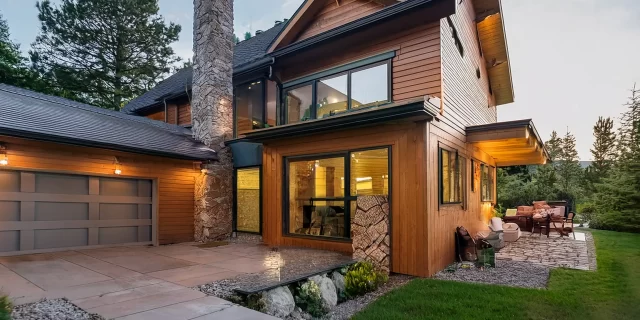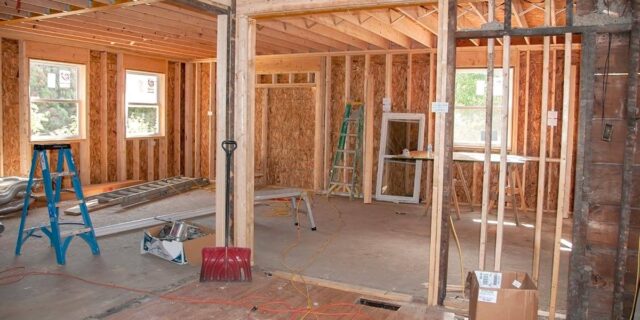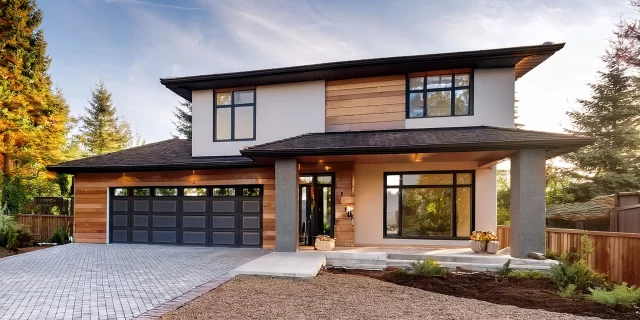A renovation project might seem like a great chance at first. But if you look closer, it may not be what it appears. Those who do well in fixing up a house can tell the good parts from the bad ones.
A quick search for renovation opportunities might show many “houses needing updates.” However, not all of these homes will give you good value for your money.
Renovating a house is a common way to get the home you want without spending too much money. It also lets you add your personal touch to the property. Some renovation projects can increase the value of your home, meaning you might sell it for much more than what you paid. However, you could also end up spending more on a home that needs a lot of work.
Renovating a House vs. Remodeling
The words “renovate” and “remodel” are often used in the same way. However, they have different meanings.
When we talk about buildings, renovation is more like restoration than remodeling. This means bringing something back to its old state. It aims to renew and refresh.
Remodeling means changing a building. This can involve changing its layout or adding new space.
Many owners of old houses end up doing a mix of both. They bring back the key features and the basic structure of the home to how they looked before. At the same time, they change the layout to make the house better for today’s living.
The main thing to think about when looking at a house for renovation is what can be done with its design and how much value it can bring. Look at the location and the area around it. Think about the design ideas that work well. Also, make sure to check the current strength of the building carefully.
Be honest about things you cannot change. Be brave about what you can change.
When fixing up a house, be ready for structure problems. Remember that most of these problems can be solved. Serious structure issues will greatly change your budget. They can also influence your insurance choices and the future sale of the house.
Always look at a property at least two times. Take a video if you can. This way, you can look at it more when you get home.
Do I need renovation home insurance?
Big changes, like taking down an outside wall or adding a room, might need you to switch your home insurance policy. For major renovations, your insurance company could ask you to change your policy to cover a building that is under construction. You might also need construction insurance or builder’s risk insurance for homeowners.
Do you need to hire a designer before renovation?
When fixing up a house, you do not always need to hire a designer. You can save money by creating your own design. However, for big projects, like extensions, and when working in protected areas or buildings, you will usually need expert help.
A professional designer can help you understand the planning permission process. He can create designs based on your needs and give advice on what local planners might like or not like. Some projects may be allowed without needing full approval. He will also let you know how much you can get for your budget.
How long does it take to fix up with changes inside the structure?
Before taking down load-bearing walls, talk to a structural engineer. You will also need to get approval for Building Regulations. In Toronto City, it might take up to 2 months to get the permits.
Period houses often had many small rooms. Over the years, some changes may not have been planned well. This can make the flow of the layout feel unbalanced.



